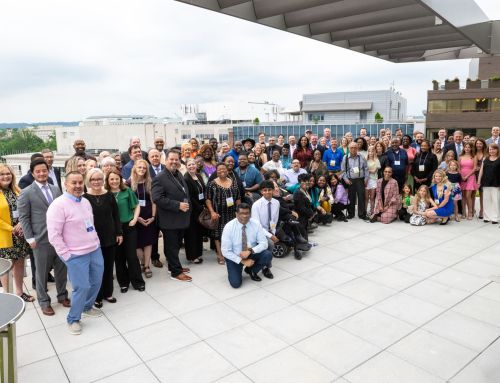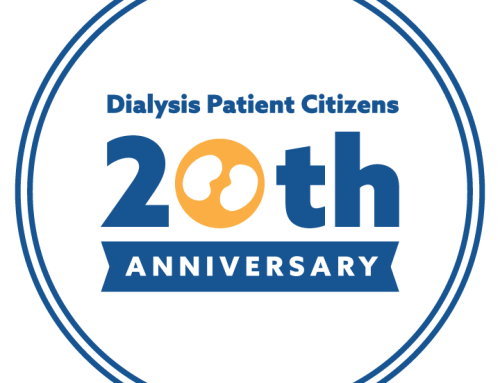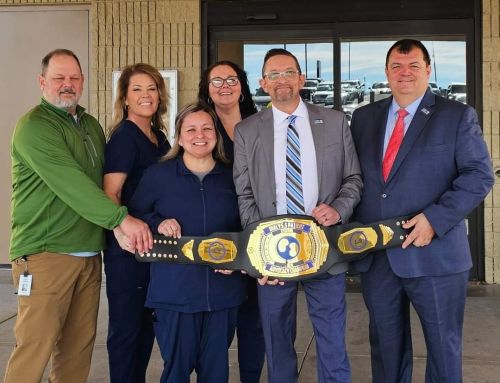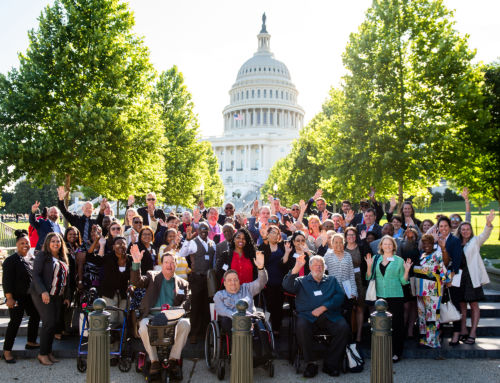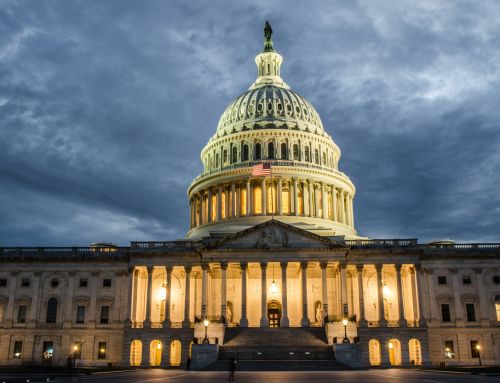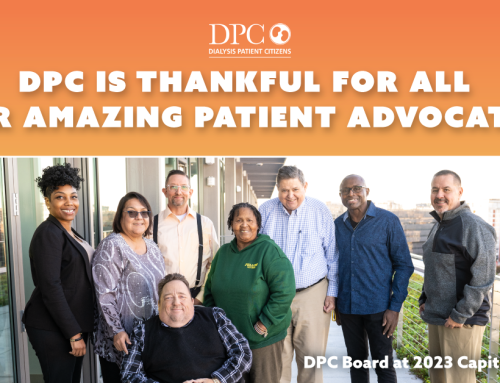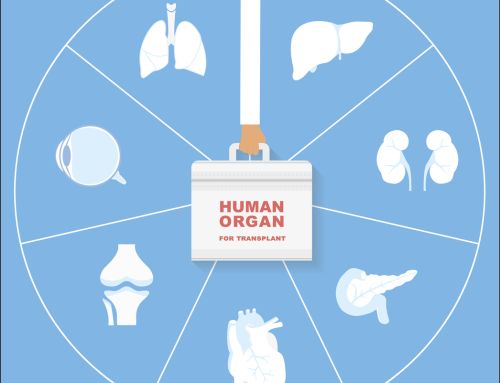CEOs of 3 kidney care organizations explain flaws in CMS’ recent reimbursement proposal.
In recent years, lawmakers have turned their attention to advancing health equity and creating opportunities for the improvement of historically underserved communities—and rightly so. The urgent need for such
improvements is dramatically apparent for people who have end-stage renal disease (ESRD), or kidney failure. While people of all races and ethnicities develop chronic kidney disease (CKD) at similar rates, ESRD disproportionately impacts people of color. Black Americans make up 13% of the US population, but the disparities are evident when one considers that they account for 35% of Americans with kidney failure and are 4 times more likely than their White counterparts to develop this devastating condition. Similarly, people of other races and ethnicities face disparities when compared with the White population.
Although a kidney transplant is the optimal treatment, transplant rates remain low. Today, more than 90,000 people are waiting for a kidney transplant. Sadly, 13 people die every day while on the kidney wait list. Given these trends, most people who develop ESRD require dialysis treatments multiple times per week.
Despite these alarming numbers, CMS’ latest proposed rule regarding Medicare reimbursement for life-sustaining dialysis has missed an opportunity to support the kidney community by failing to address 2 central challenges that will limit care access for all but particularly impact people of color.
The first challenge relates to innovation. The kidney patient community has waited years for innovative products that can improve our well-being. There are many health challenges that cannot be solved by dialysis alone. Promising new drug innovations can improve patient’s lives—and CMS should do whatever it can to encourage access to them.
Instead of supporting innovation, however, the agency’s proposed rule will stifle new treatment options for people who have kidney failure. While we are pleased CMS recognizes that reimbursement rates drive patient access to innovative therapies, the proposal to add new funding for only 3 years does little to address long-term access. It creates a cliff that will mean very few patients will be prescribed a drug even when funds are available, in part because of concern that patients end up having to switch medication or stop altogether when the payment period expires. Moreover, what little funds are added would be diluted under the proposal because the funding is spread across all patients instead of being directed specifically to those who require the drug. As a result, facilities that currently use the eligible drug will be underpaid 89%, creating a significant financial disincentive for clinics to use this innovative product.
Unless the methodology is changed so that money follows the patient and the Medicare ESRD payment bundle is permanently adjusted to support innovation, people who require dialysis will continue to lack access to innovative treatment options. It also cruelly undermines the hope that innovation provides to the kidney community.
The second major flaw with the proposed rule is that it fails to recognize the staggering inflationary pressures that have negatively impacted the dialysis workforce. During the past few years, the landscape for dialysis care has been transformed by soaring labor and medical costs as well as workforce shortages that are directly affecting patient’s access to care. Yet, CMS is proposing a reimbursement increase well below the rate of inflation–merely 1.6% in 2024.
Labor challenges and workforce shortages are a challenge to clinics across America, particularly for rural and underserved communities, which are already operating on razor-thin margins. We regularly hear from people who are experiencing the impact of access to dialysis shortages firsthand. They are driving long distances for care because their local clinic had to close due to lack of staff or there is a long waiting list to be trained for home dialysis. In other cases, patients receive treatment in clinics that may not be fully staffed, leaving those clinics to focus solely on emergencies, limiting or curbing time spent with patients.
The unwillingness of CMS to keep up with inflation rates or to meaningfully invest in expanding access to new treatments is a slap in the face for people who have kidney disease. Those being hit hardest by this flawed approach are people in already underserved communities, including people of color as well as those living in rural areas.
People living with kidney disease deserve better. Yet, this proposed rule falls far short of supporting them. In addition, the proposed rule exacerbates existing disparities in access and treatment that disproportionately impact already underserved communities. CMS should reconsider this proposed rule to find a better path forward. Ideally, one that does not undermine access to care and hope for more than 562,000 Americans who rely on dialysis to survive.
About the Authors
LaVarne Burton is the president and CEO of the American Kidney Fund; Hrant Jamgochian is the CEO of Dialysis Patient Citizens, and Lori Hartwell is the founder and CEO of the Renal Support Network.
This article was originally published September 8, 2023, on the American Journal of Managed Care’s website.




